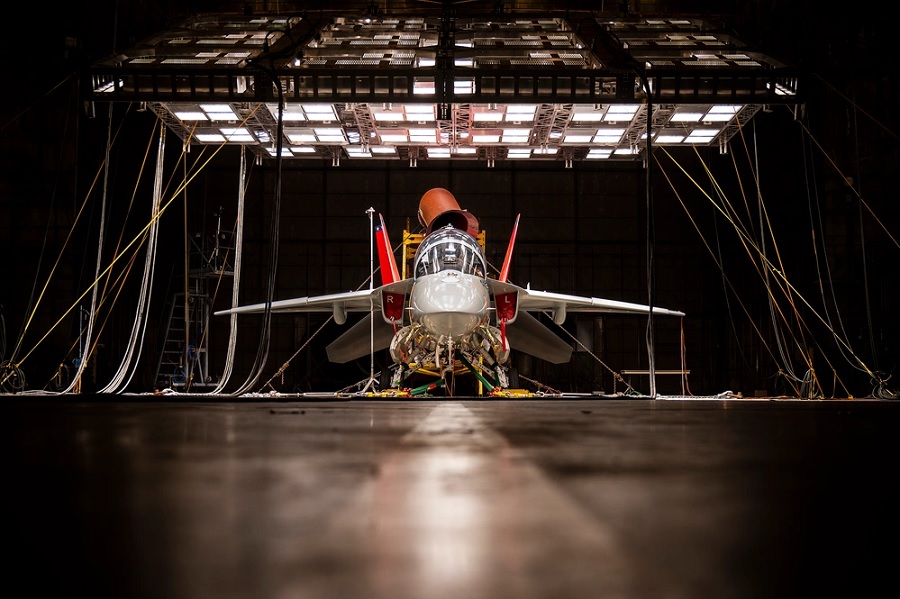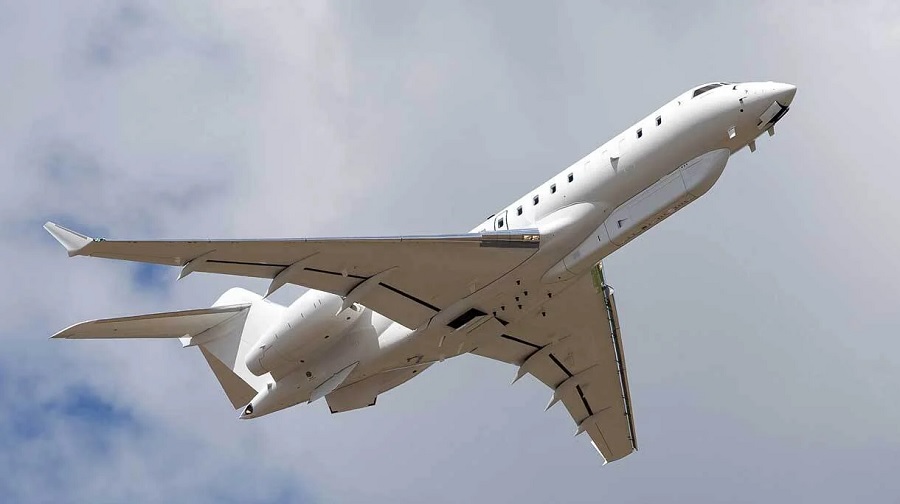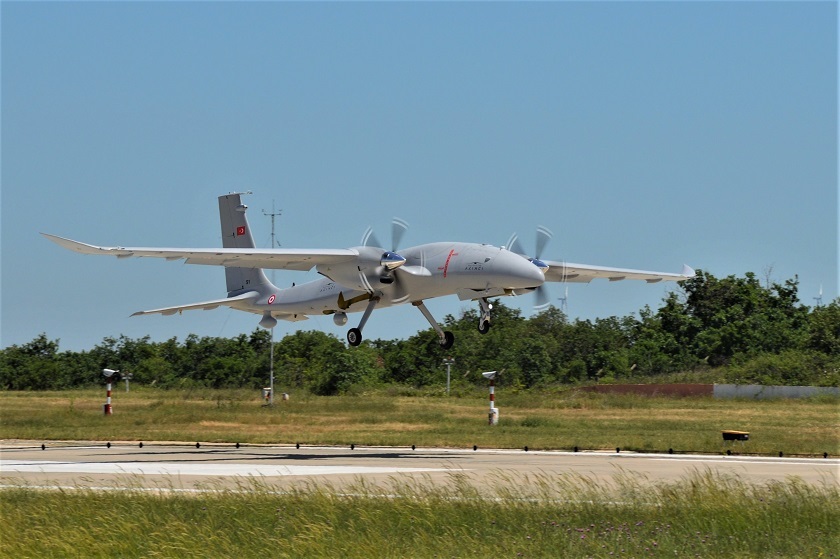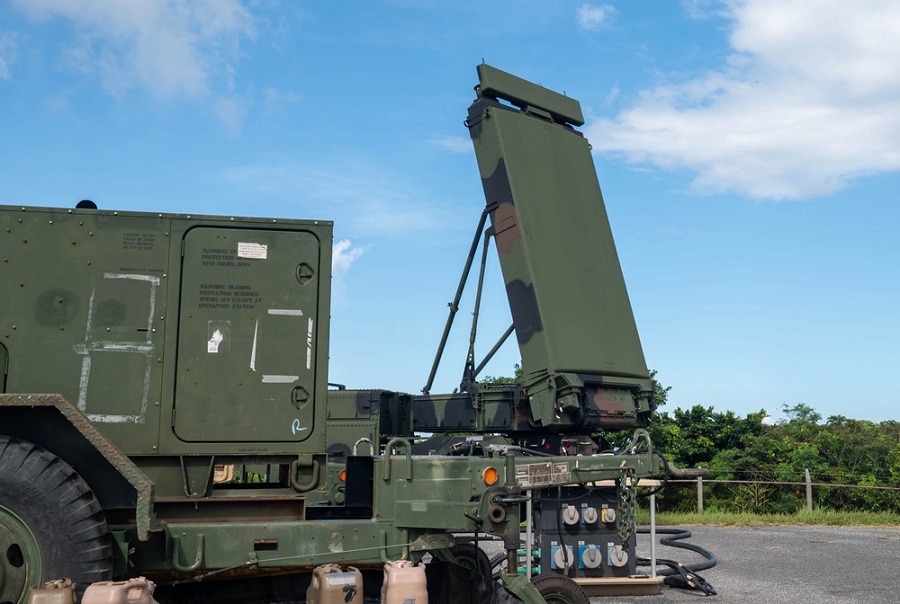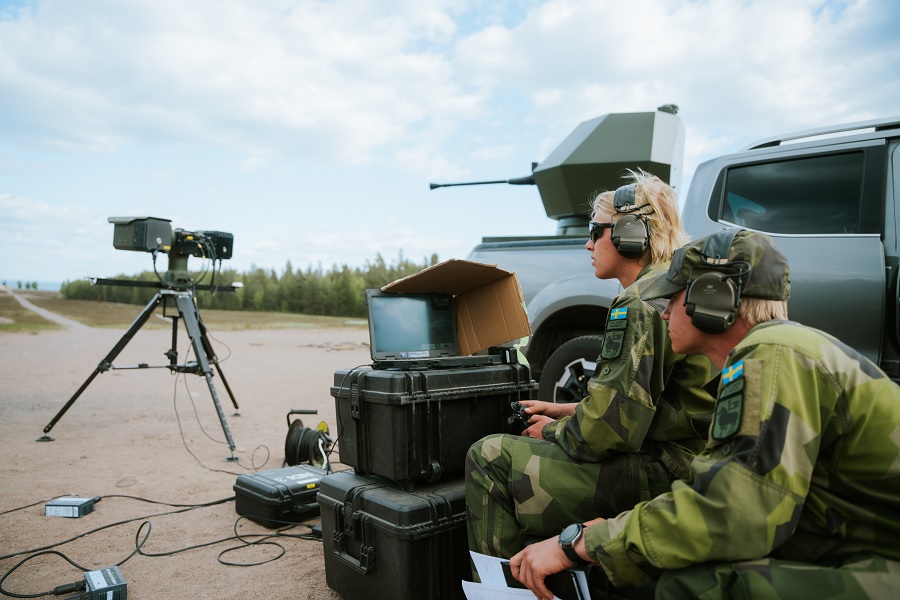Therefore, according to Israeli experts, the first lessons from the current war must change some concepts not only in Israel but in many other countries.
The Iranian proxies engaged in the war with Israel are armed with Iranian weapons that feature unique qualities fundamentally altering the character of Israel’s aerial threat. A red flag for Israel’s military buildup is the variety of weaponry used in the war, combined with new capabilities and the entry of new players into the conflict. In this situation, new equipment needs to be developed, and a new doctrine needs to be adopted.
According to a paper written by Matan Yanko-Avikasis and Liran Antebi, two senior researchers from the Israeli Institute for National Security Studies (INSS), Israel’s aerial defense system has provided an excellent response to these threats.
“Most of the launches have been intercepted. And thus far, among the most lethal weapons (apart from the October 7 attack itself) have been the anti-tank missiles fired at Israel from both the Gaza Strip and from Lebanon. Their damage has somewhat colored the confidence in Trophy, Israel’s active protection system for armored vehicles, installed on tanks and armored personnel carriers, which has an extremely high rate of successful interceptions,” they stated.
According to the researchers, these attacks, in addition to attacks using drones, could indicate that Israel is less well-prepared to deal with short-range aerial threats compared to the various layers of protection in place to deal with longer-range threats. Indeed, when it comes to long-range interceptions, Israel has been successful.
“This is the first conflict in which Iron Dome, David’s Sling, Patriot, and Arrow have all worked together, including the first operational use of the Arrow 2 and Arrow 3 systems, which intercept missiles outside of the earth’s atmosphere. At the same time, despite the successful interceptions, the ballistic missile fired from Yemen at Israel on October 19 should be of major concern to Israel – and other countries – since it was launched by a non-state actor. The Houthis have also fired ballistic missiles in the past that were intercepted by the United Arab Emirates.”
The researchers say that over recent years, Iran has boasted of its ability to manufacture UAVs. It first started manufacturing them in the mid-1980s during the Iran-Iraq War when it unveiled the Ababil-1 and Mohajer-1 for use as a loitering munition or for surveillance and reconnaissance. The Iranian UAV industry thrived, and manufacture has expanded significantly since 2014, with the production of the new Shahed 129 model, which is now the most common UAV in the Iranian army.
‘The range of Iranian UAVs is based primarily on the reverse engineering of Israeli and American UAVs. It is argued, for example, that the Shahed 129 model is almost identical to the Hermes-450, which is manufactured by Elbit Systems. The Shahed 171 model is seen as an almost exact replica of the American RQ-170 UAV, which fell in Iranian territory in December 2011.
Over the past few decades, Iran has managed to expand its weapons portfolio – both in terms of size and capability. Occasionally, there will be reports about UAV parts – some of them from the West – that have been found in UAVs and reach Iran from other countries by means of straw companies set up by the Islamic Republic to bypass sanctions imposed by Western governments. However, most of Iran’s success in this field stems from the availability of “off-the-shelf technology” in the world of commercial and civilian content, including navigation devices, encryption tools, and even engines. All of these, along with massive domestic investment in engineering, have allowed Iran to close the technological gaps, manufacture, and export large quantities of UAVs at attractive prices to a variety of customers, many of which are currently attacking Israel and American interests in the Middle East.”
The researchers say that Iranian UAVs, which are simple and cheap to assemble, could win the war for Russia against Ukraine:
“They help the Russians close the operational gap – the most significant of which is their difficulty in building an overall picture. Following the experience these Iranian UAVs gained during the war in Ukraine, other countries have expressed an interest in purchasing them.”
One conclusion put into focus in this paper is that the variety of weapons deployed in this war, which would be augmented by more weapons and new capabilities in any multi-front war, should be seen as a red flag for Israel’s future force buildup, regarding weapons and a revised doctrine when it comes to aerial threats. Given this expectation, it is worth engaging with other countries under similar threats. Among them are pragmatic Sunni states in the Persian Gulf, some of which, such as Saudi Arabia, have already been significantly harmed by Houthi attack UAVs.
“The United States too, which has rallied to Israel’s side, has also sustained attacks on its troops by Iranian-backed militias in Iraq and Syria.”
Another conclusion – Israel should expand its involvement in the coalition of countries with shared interests. Alongside cooperation with the United States, which also provides Israel with many resources, including the missiles that the Iron Dome system uses to intercept incoming projectiles, “Israel should seriously consider cooperating with Saudi Arabia and the United Arab Emirates, especially when it comes to intelligence, technology, and interception. Those countries, which have extensive resources and advanced defense industries, share many interests with Israel – at least when it comes to the Iranian threat.”

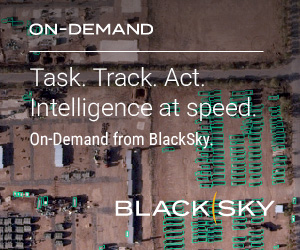







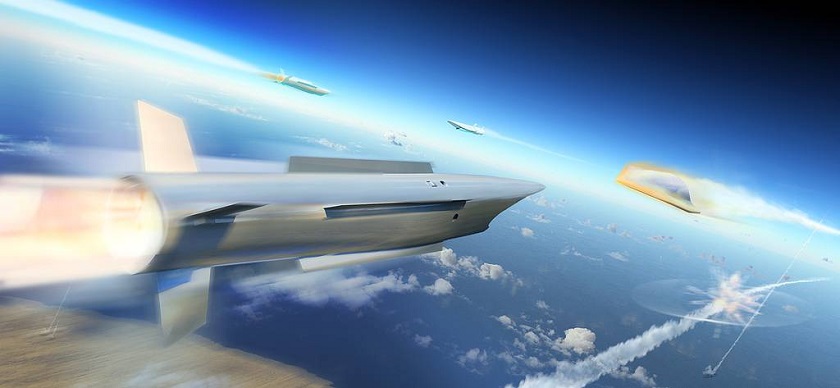


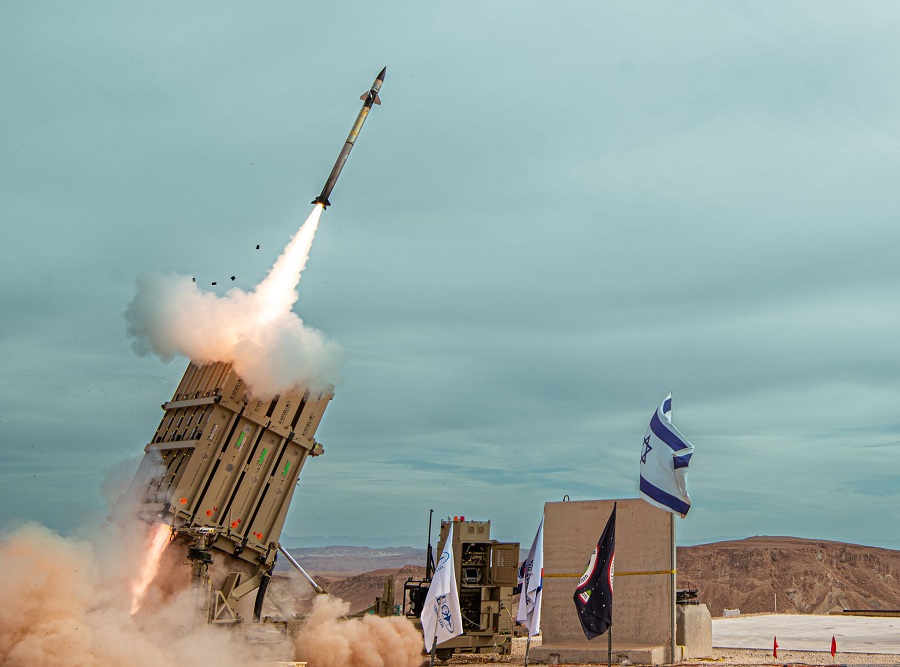
![MightyFly demonstrates autonomous cargo flight capabilities to U.S. Air Force [VIDEO]](https://defence-industry.eu/wp-content/uploads/2025/07/MightyFly-demonstrates-autonomous-cargo-flight-capabilities-to-U.S.-Air-Force-VIDEO.jpg)
